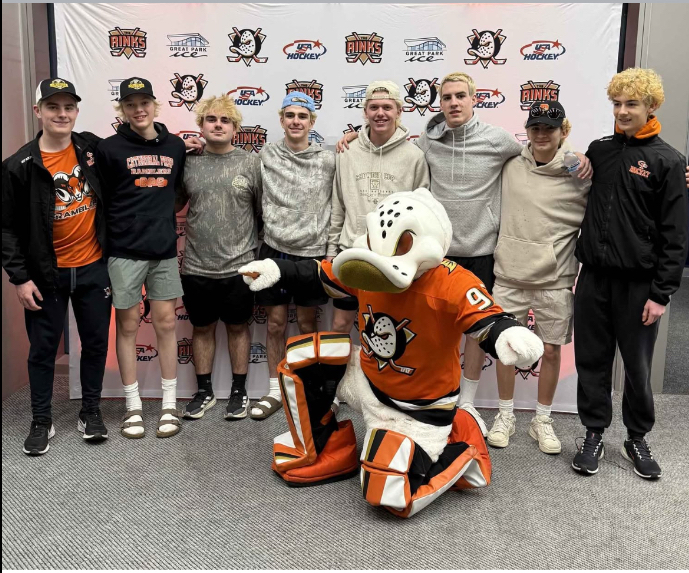It has been 38 years since the initial release of the Bad Brains second album, Rock for Light. The band was comprised of members H.R. on lead vocals, Dr. Know on the guitar, Darryl Jennifer on the bass, and Earl Hudson on the drums.
The band formed in Washington, D.C. in 1977 and has released nine studio albums, and reformed several times throughout their music production. They have greatly impacted the hardcore punk scene as well as other bands including Minor Threat, Beastie Boys, and Nirvana.
“I know every drum lick off that record [Rock for Light] and I have since I was 14,” Dave Grohl confessed. “I still use a lot of the tricks that I learned from Earl Hudson to this day. Listen to Nirvana’s landmark album Nevermind and there’s little fills here and there that I took from Earl.”
Hudson brought forth the influence of reggae and therefore creating the anti-genre sound of their music. The band was highly impacted by the Rastafari movement and used their creative freedom and abilities to advocate for religious and political consciousness. They were the first hardcore band to put roots of reggae on a punk album. The members had noticed racial dynamics at play while writing, performing, and producing as four black musicians, significantly ahead of their time.
Bad Brains were the first notable band to initiate a straight edge movement in the hardcore punk scene. The “X” placed on hands at shows, originally meant to distinguish minors, had become a sign of defiance against the stereotypical punk attitude of self-destruction.
On September 24th, Rock for Light was remastered. The album consists of 17 songs ranging from 34 seconds to five minutes and 13 seconds.
The song “Rock for Light” itself reflects the beliefs and values of the band. “We don’t need no war. We don’t need no violence. We just want what’s right, some peace and love. Rock for light.” These are the lyrics of the song that express the concerns for the future of the youth due to the injustice and hate within the world.
Many followers of the band reject the Rastafarian roots of the album, as opposed to accepting the culture behind the music. “I’ve never been designed to wholly appreciate reggae music, but when it comes to Bad Brains – there’s not much they can do to ever disappoint me,” noted a long time fan of the steel percussion that manages to be louder and more thrash than the guitars.
While Bad Brains considers themselves a Jamaican Punk band, they have been much more influential than just that. The intensity, vision, and advancement of skill that the band possessed is what made Bad Brains familiar pioneers of the hardcore scene.
































































Peter Aaron • Jun 16, 2024 at 12:40 pm
The paragraph about the Bad Brains iniating straight edge is completely wrong. The band famously adopted rastafrainaism and thus were heavy marijuana users (HR got into heavier drugs at one point, later). They didn’t wear the Xs on their hands. That came from another local DC band, the Teen Idles, whose bassist, Ian MacKaye, went on to be the singer of Minor Threat, the band that in 1981 recorded the song “Straight Edge.” The Bad Brains do not consider themselves “a Jamaican punk band.”